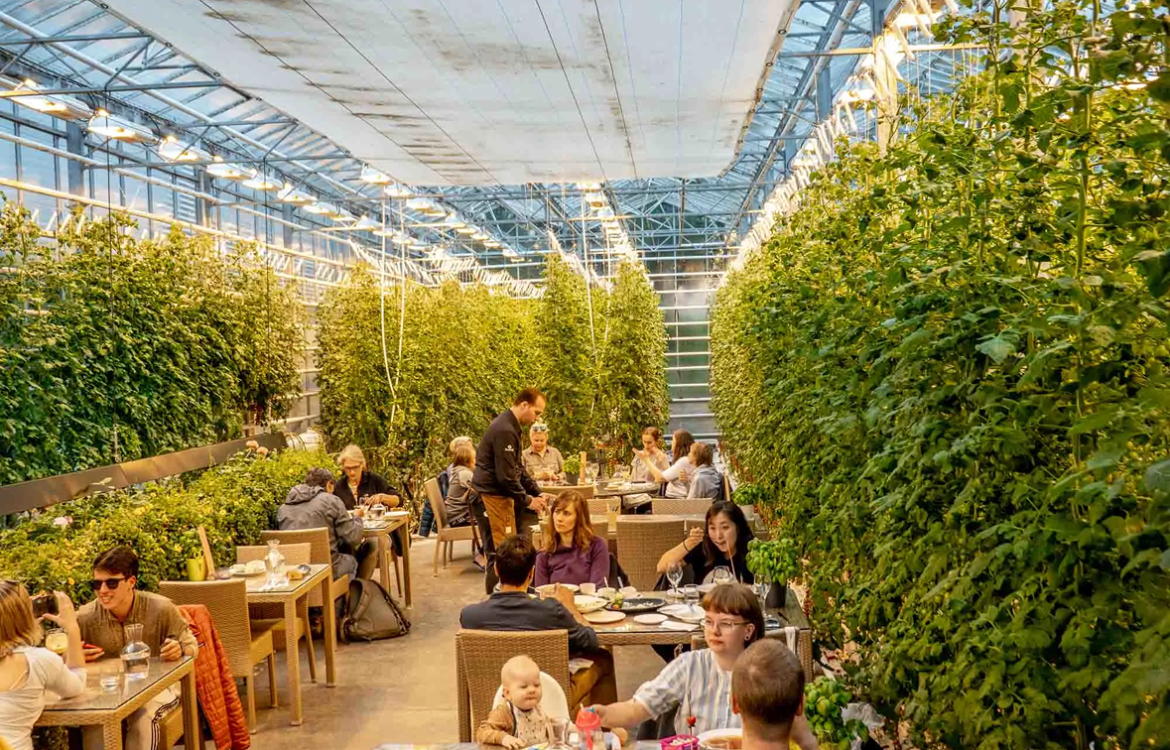In recent years, the farm-to-table movement has reshaped how urban dwellers in the United Kingdom think about food. More than just a culinary trend, it represents a shift toward sustainability, localism, and transparency in food production and consumption. From bustling London boroughs to historic market towns, the movement bridges the gap between farmers and consumers, reconnecting city life with the origins of the food we eat.
Advertising
What Is the Farm-to-Table Movement?
Farm-to-table is a concept emphasizing sourcing food directly from local farms, ensuring freshness, reducing food miles, and supporting sustainable agriculture. It encourages restaurants, retailers, and consumers to choose produce, meat, and dairy that are grown, raised, or made nearby rather than relying on global supply chains.
At its heart, farm-to-table challenges the modern industrial food system’s anonymity and environmental costs, aiming to create transparent, ethical, and community-centered food networks.
Why the Movement Matters in UK Cities
Urban areas have traditionally been seen as disconnected from agriculture, relying heavily on imported and mass-produced food. However, rising awareness about climate change, food security, and health is changing consumer behaviour. UK city residents want to know where their food comes from, how it is grown, and who is responsible for it.
This demand fuels the farm-to-table movement by:
-
Promoting Freshness and Quality: Local food is often harvested at peak ripeness, offering superior taste and nutrition.
-
Reducing Environmental Impact: Shorter transportation distances lower carbon emissions and packaging waste.
-
Supporting Local Economies: Buying direct helps sustain small-scale farms and local food artisans.
-
Enhancing Food Security: Diversified local supply chains reduce dependence on international logistics vulnerable to disruption.
Urban Farm-to-Table Examples Across the UK
London’s Vibrant Local Food Scene
London, with its dynamic restaurant industry, has embraced farm-to-table with gusto. Borough Market exemplifies this ethos by offering locally sourced meats, seasonal vegetables, and artisan cheeses. Restaurants like The Clove Club and St. JOHN source ingredients from nearby farms and promote menus that reflect seasonal availability.
Urban farms such as Growing Communities in Hackney supply fresh produce to local restaurants and residents through community-supported agriculture (CSA), reinforcing a direct farm-to-plate connection.
Manchester’s Food Renaissance
Manchester’s food scene is also growing around farm-to-table principles. Local producers supply restaurants and cafés with heritage breed meats, organic vegetables, and handmade breads. Initiatives like Feed It Back turn surplus food from urban markets back into compost, supporting urban agriculture projects.
Scotland’s Farm-to-Fork Movement
Cities like Edinburgh and Glasgow benefit from Scotland’s rich agricultural landscape. Farmers markets, such as the Edinburgh Farmers Market, bring fresh Scottish produce into the city. Restaurants prioritize wild Scottish seafood and grass-fed beef, emphasizing provenance and quality.
The Role of Farmers Markets and CSAs
Farmers markets remain the backbone of the farm-to-table movement in UK cities. They offer a platform where consumers meet growers face-to-face, fostering trust and education. Many markets now run year-round, making local food accessible throughout the seasons.
Community Supported Agriculture schemes expand this model by creating subscription boxes that deliver fresh, seasonal produce directly from farms to city homes. This model guarantees income for farmers and fresh food for consumers.

